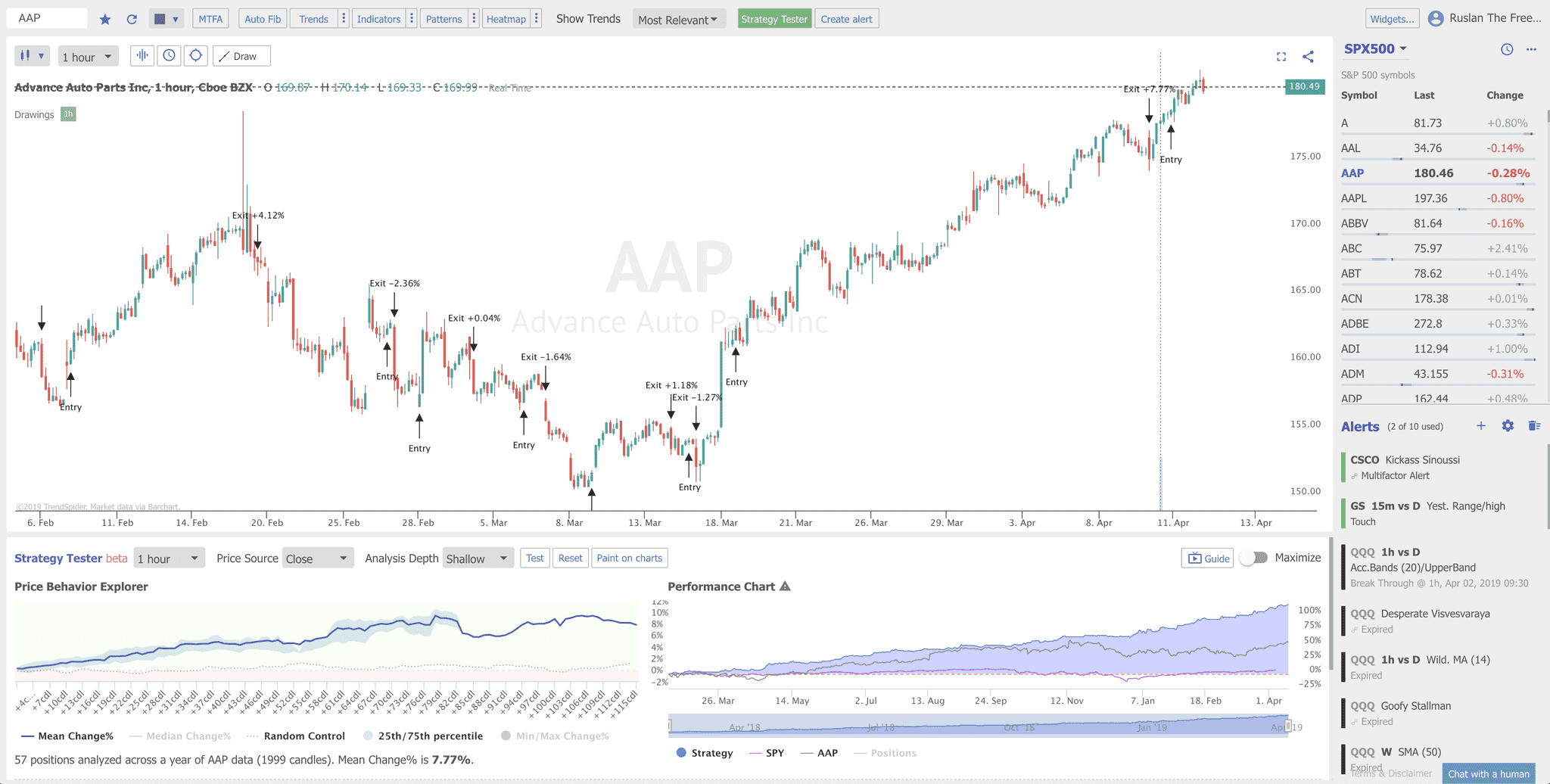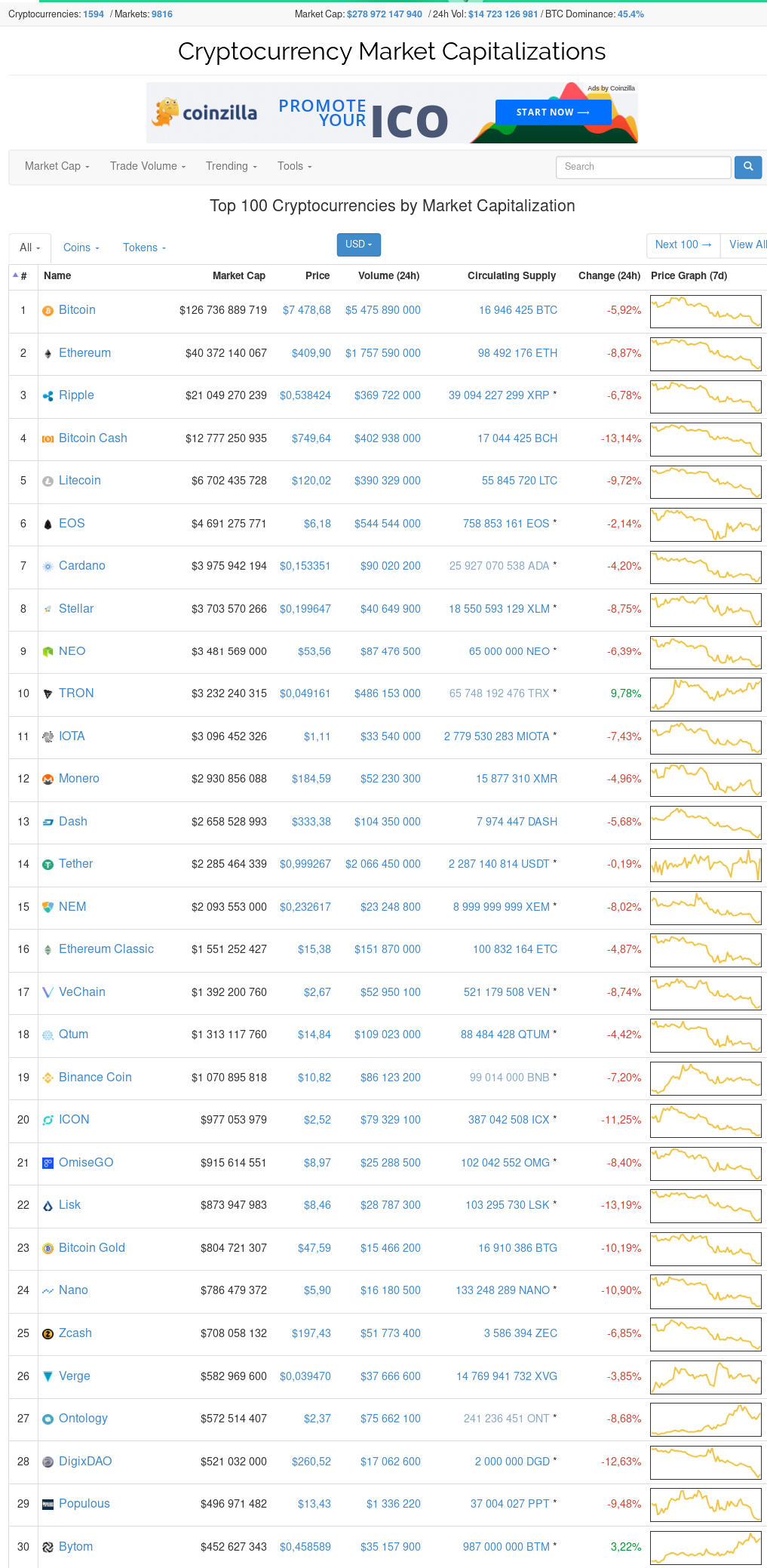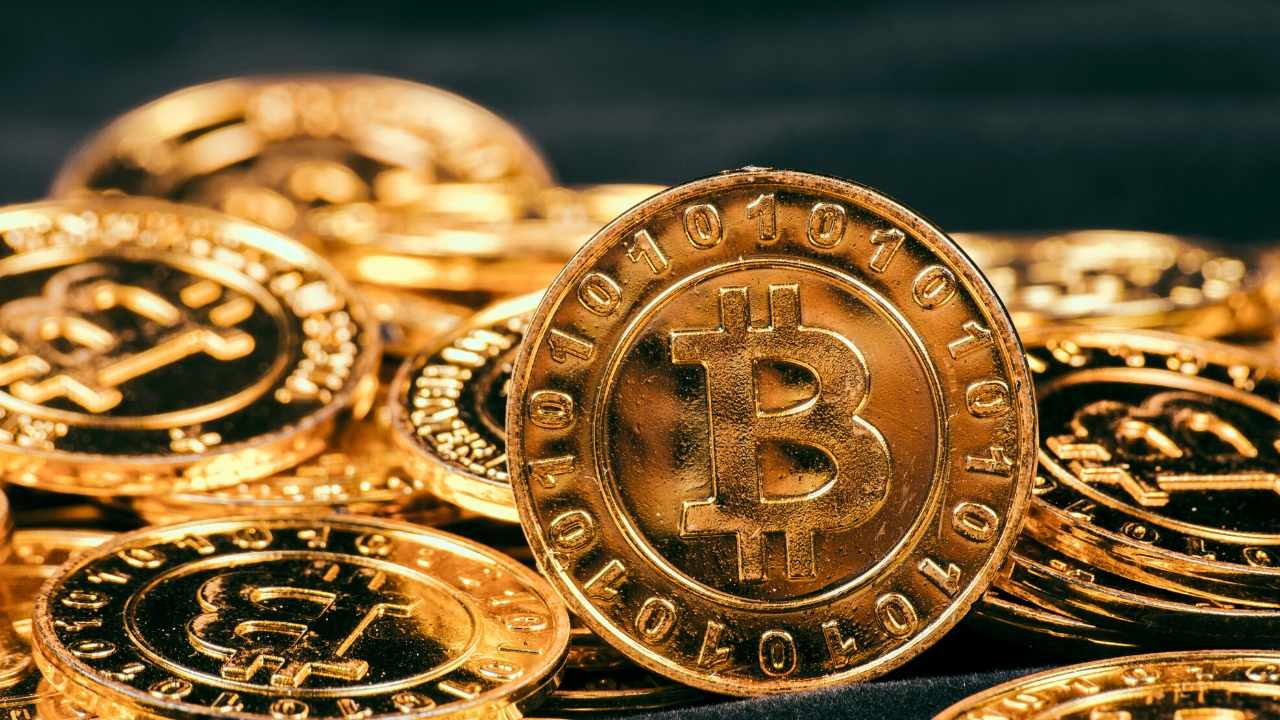
A common question that investors ask when evaluating the benefits of yield farming is: Should I invest in DeFi? There are several reasons you might want to do so. One of them is the potential for yield farming to generate significant profits. Early adopters are likely to get high token rewards which will increase in value. This allows them to make a profit by selling token rewards and then reinvest the earnings, which will allow them to reap more income. Yield farming, although a proven investment strategy, can yield significantly higher interest rates than traditional banks. However there are also risks. DeFi is riskier because interest rates are unpredictable.
Investing into yield farming
Yield Farming refers to an investment strategy where investors are paid token rewards for a certain percentage of their investments. These tokens may quickly rise in value and can be sold for profit or reinvested. Yield Farming can offer higher returns than traditional investments but comes with high risk, such as Slippage. A percentage rate of annual growth is also not accurate in periods of extreme volatility.
You can check the Yield Farming project's performance on the DeFi PulSE website. This index measures the total cryptocurrency value that DeFi lending platforms have. It also represents the total liquidity of DeFi liquidity pools. Many investors use the TVL index to analyze Yield Farming projects. This index can be found on the DEFI PULSE website. This index is growing because investors have confidence in this type and future project.
Yield farming refers to an investment strategy where liquidity is provided by decentralized platforms. Yield farming lets investors make a substantial amount of cryptocurrency with idle tokens, which is different from traditional banks. This strategy relies on decentralized exchanges and smart contracts, which allow investors to automate financial agreements between two parties. An investor who invests in a yield farm can earn transaction fees and governance tokens as well as interest from a lending platform.

Finding the right platform
It might sound simple but yield farming does not come with a set of rules. One of the risks associated with yield-farming is the risk of losing your collateral. DeFi protocols often are developed by small teams that have limited budgets. This increases risk of bugs in smart contracts. There are some ways to minimize the risk of yield farm by choosing a suitable platform.
Yield farming is a DeFi application that allows users to borrow and loan digital assets using smart contracts. These platforms can be described as decentralized financial institutions that offer trustless opportunities for crypto owners. They are able to lend their holdings using smart contract and provide them with a way to make payments. Each DeFi application offers its own functionality and features. This will influence the way yield farming is performed. Each platform has its own lending and borrowing conditions.
Once you find the right platform, you will be able to reap the benefits. The key to yield farming success is adding funds to a liquidity fund. This is a system of smart contracts that powers a marketplace. In this type of platform, users can lend or exchange their tokens for fees. Platforms reward users for lending their tokens. It's best to start yield farming with a small platform, which allows you to invest in more assets.
To measure platform health, you need to identify a metric
Identifying a metric for measuring the health of a yield farming platform is critical to the success of the industry. Yield farming involves the earning of rewards through cryptocurrency holdings like bitcoin or Ethereum. This process can be compared to staking. Yield farming platforms work with liquidity providers, who add funds to liquidity pools. Liquidity providers receive a payment for providing liquidity. Usually, this is from the platform’s fees.

Liquidity, a key metric to measure the health and performance of a yield farming platform, is one. Yield farming is a form of liquidity mining, which operates on an automated market maker model. In addition to cryptocurrencies and tokens, yield farming platforms offer tokens which are tied to USD or another stablecoin. Rewarding liquidity providers is based on the amount of funds they provide as well as the protocol rules that govern their trading costs.
To make a sound investment decision, it is important to identify the metric that will measure a yield agriculture platform. Yield farming platforms are highly volatile and are prone to market fluctuations. These risks could be mitigated by the fact that yield farm is a kind of staking. It requires users to stake crypto currencies for a specified amount of times in exchange for money. Lenders and borrowers should be aware of the risks involved in yield farming platforms.
FAQ
How much does mining Bitcoin cost?
Mining Bitcoin requires a lot of computing power. Mining one Bitcoin at current prices costs over $3million. If you don't mind spending this kind of money on something that isn't going to make you rich, then you can start mining Bitcoin.
Will Shiba Inu coin reach $1?
Yes! After just one month, Shiba Inu Coin's price has reached $0.99. This means that the coin's price is now about half of what was available when we began. We're still trying to bring our project alive and hope to launch the ICO very soon.
What is the next Bitcoin, you ask?
We don't yet know what the next bitcoin will look like. It will be completely decentralized, meaning no one can control it. It will likely be built on blockchain technology which will enable transactions to occur almost immediately without the need to go through banks or central authorities.
Statistics
- That's growth of more than 4,500%. (forbes.com)
- As Bitcoin has seen as much as a 100 million% ROI over the last several years, and it has beat out all other assets, including gold, stocks, and oil, in year-to-date returns suggests that it is worth it. (primexbt.com)
- A return on Investment of 100 million% over the last decade suggests that investing in Bitcoin is almost always a good idea. (primexbt.com)
- Ethereum estimates its energy usage will decrease by 99.95% once it closes “the final chapter of proof of work on Ethereum.” (forbes.com)
- While the original crypto is down by 35% year to date, Bitcoin has seen an appreciation of more than 1,000% over the past five years. (forbes.com)
External Links
How To
How to get started with investing in Cryptocurrencies
Crypto currencies, digital assets, use cryptography (specifically encryption), to regulate their generation as well as transactions. They provide security and anonymity. Satoshi Nakamoto invented Bitcoin in 2008, making it the first cryptocurrency. Since then, there have been many new cryptocurrencies introduced to the market.
Some of the most widely used crypto currencies are bitcoin, ripple or litecoin. A cryptocurrency's success depends on several factors. These include its adoption rate, market capitalization and liquidity, transaction fees as well as speed, volatility and ease of mining.
There are many ways to invest in cryptocurrency. Another way to buy cryptocurrencies is through exchanges like Coinbase or Kraken. Another option is to mine your coins yourself, either alone or with others. You can also purchase tokens through ICOs.
Coinbase, one of the biggest online cryptocurrency platforms, is available. It lets users store, buy, and trade cryptocurrencies like Bitcoin, Ethereum and Litecoin. Users can fund their account via bank transfer, credit card or debit card.
Kraken is another popular exchange platform for buying and selling cryptocurrencies. It lets you trade against USD. EUR. GBP.CAD. JPY.AUD. Some traders prefer to trade against USD to avoid fluctuation caused by foreign currencies.
Bittrex is another popular exchange platform. It supports over 200 different cryptocurrencies, and offers free API access to all its users.
Binance is an older exchange platform that was launched in 2017. It claims to be one of the fastest-growing exchanges in the world. It currently trades more than $1 billion per day.
Etherium is a decentralized blockchain network that runs smart contracts. It relies on a proof-of-work consensus mechanism for validating blocks and running applications.
In conclusion, cryptocurrencies do not have a central regulator. They are peer-to–peer networks that use decentralized consensus methods to generate and verify transactions.